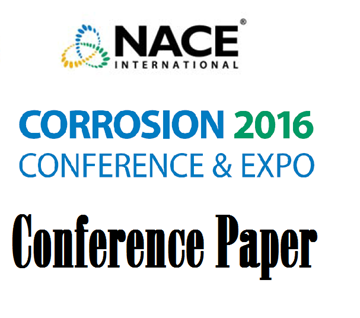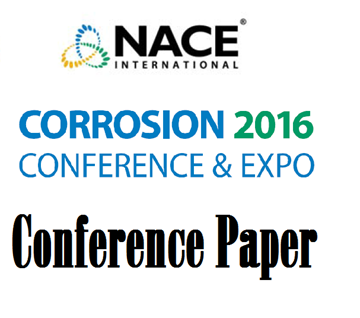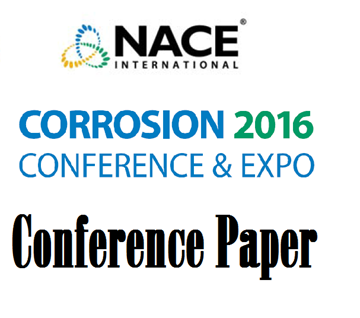Search
51316-7334-Insight in sidestream corrosion field-testing from the North Sea; experiences benefits and pitfalls
Also Purchased
51316-7333-Comparison of Corrosion Behavior in HIC Test Solutions for FFP evaluation
Product Number:
51316-7333-SG
ISBN:
7333 2016 CP
Publication Date:
2016
$20.00
51316-7331-Corrosion Resistance of Cast Nickel Base Superalloys in Environments Relevant to Gas-Turbines Operating on Sulfur Rich Fuels
Product Number:
51316-7331-SG
ISBN:
7331 2016 CP
Publication Date:
2016
$20.00
51316-7328-Comparing Environmental Resistance of UNS R55400 Tubulars to Other Oilfield Titanium Alloys
Product Number:
51316-7328-SG
ISBN:
7328 2016 CP
Publication Date:
2016
$20.00




